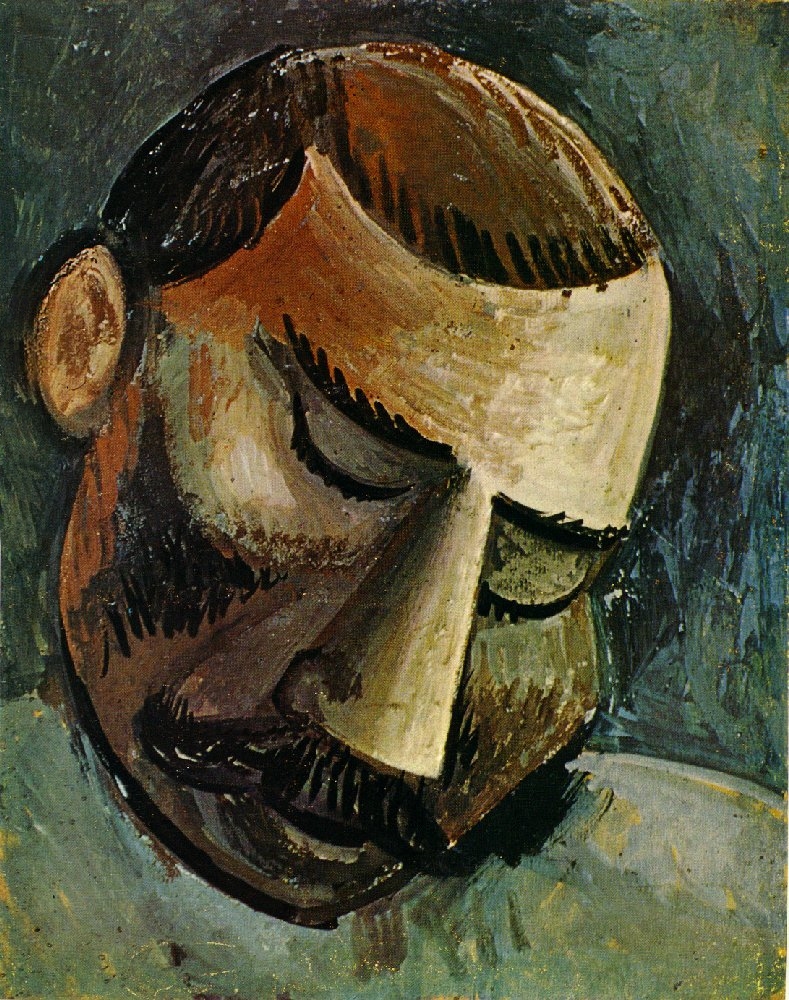


The beauty of these paintings was undeniable, but it was beauty in a completely different sense.įor example, Braque’s Violin and Jug or Picasso’s Portrait of Ambroise Vollard. The expressive style of painting was replaced by strictness of lines and forms the colours became restrained and subdued in the pictures there appeared some volume and almost unspeakable "tangibility". The metamorphosis was rapid and unexpected: in 1908, coming from his trip to L’Estaque, the artist brought to Paris a series of landscapes, which were absolutely new and strikingly different from his previous colourful Fauvist works ( 1, 2, 3). The same happened to colours: during his "blue" and "pink" periods, the artist created many paintings in a very limited colour palette.Īs for Georges Braque, his transformation from a Fauve to a Cubist was a quantum leap. Read moreĪs we know it was a vision that neither artist could have realized alone." In Cubism, shape is more important than colour. Its distinctive features are the direct use of geometric shapes, a narrow circle of subjects (portraits, still lifes or buildings), deformation, angularity, complete lack of realism. cubisme) is a recognizable art movement that originated at the beginning of the 20th century, and many of its techniques are still in demand. The founding fathers urged to stop adoring the art of the past, and to exalt the industrial spirit of the future: to draw airplanes, cars, metal bridges, steamers and other achievements of the progress. Some ironically called it scandalous cubism. The art movement developed in the first quarter of the 20th century, mainly in Italy and Russia. A very thin line separates it from the concept of “modernism”. Avant-garde is how modern art critics refer the general trend of new artistic directions that arose in world art at the turn of the 19th and 20th centuries.


 0 kommentar(er)
0 kommentar(er)
